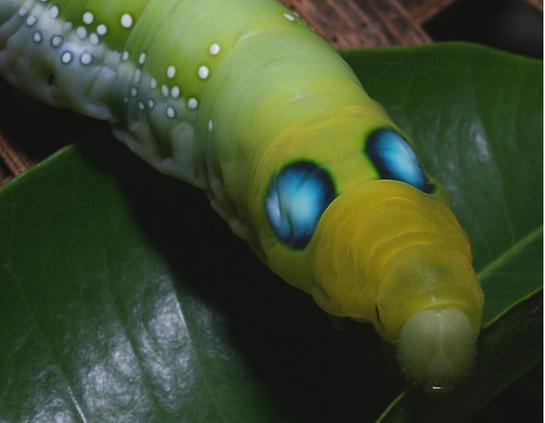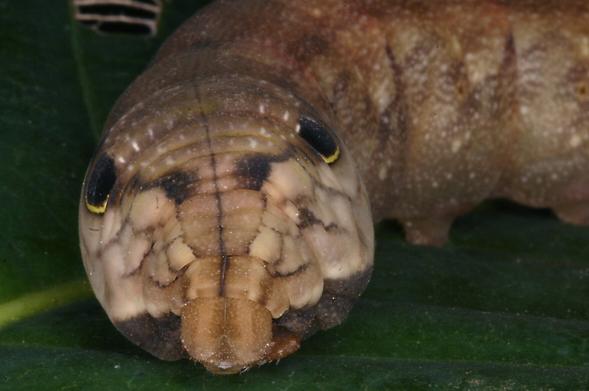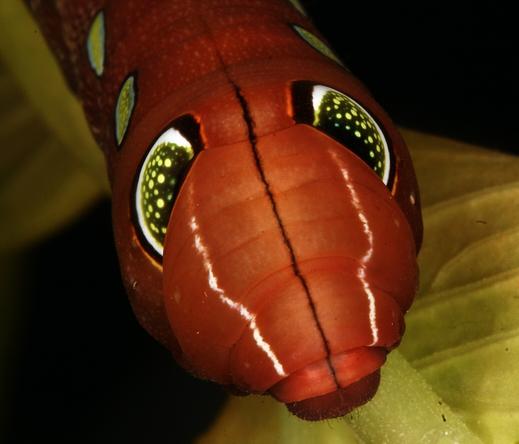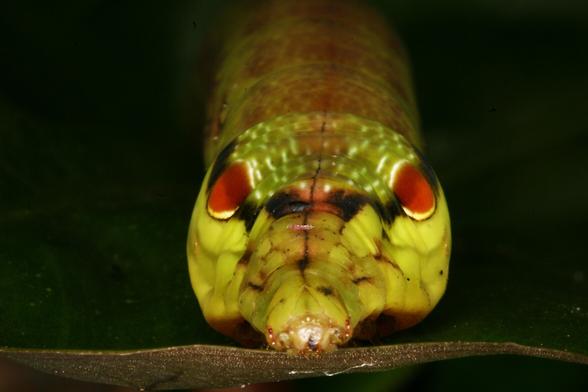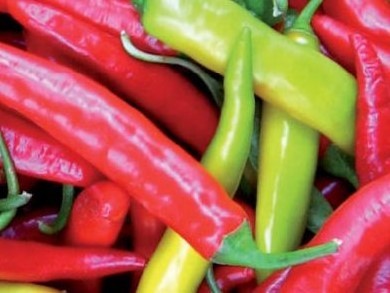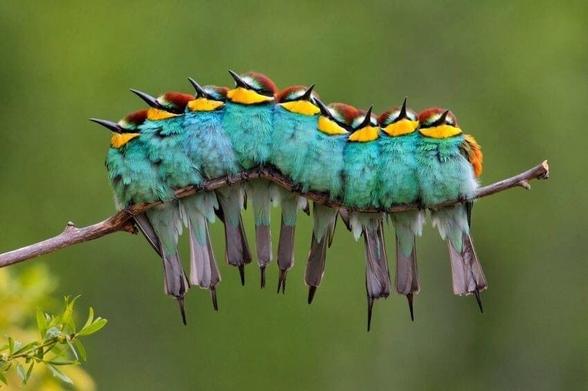Using the #PHENOPSIS platform to automate measuring and testing #genotypes - Our study suggests that plant #allometry is genetically variable and might be related to different adaptive strategies to cope with stressing conditions.
Evolutionary ecologist studying species interactions, plant chemistry, community ecology, and comparative biology. Author of Monarchs & Milkweed and Prof. at Cornell University
Estimates of global #biomass for different taxonomic groups are always valuable. This new one provides an estimate for #arthropods with a value of 200 million tons (dry weight) of arthropods in soil of which 40% is of #termites and 10% #ants.
Find out more in Science Advances on:
"We've got eyes on you." Eyespots may mimic the eyes of their predators’ enemies, eg mimic dangerous snakes that might attack a hungry insect-eating bird. Birds, of course, mimic their predators- I’ve often been fooled into thinking I’m hearing a Crested Serpent Eagle when it’s actually a drongo having a bit of fun (or sounding the alarm).
This lot all hawk moths (Sphingidae)
see http://caterpillar-eyespots.blogspot.com/2015/05/body-size-affects-evolution-of-eyespots.html
#lepidoptera #caterpillars #moths #nature #biology
Human-dolphin mutualism
https://www.pnas.org/doi/10.1073/pnas.2207739120
Also, story on NPR this morning: https://one.npr.org/i/1153569182:1153585282
Are folks aware of best practices for using iNaturalist data to try and estimate relative (not absolute) abundances of species? I'm wondering about how much people have thought about the various biases? I'm interested in looking at two species that are phenotypically similar, both with thousands of reports and overlapping ranges. Nonetheless, I'm interested in whether they have different range-centers and distributions. Is there precedence for this or is it too fraught? Thanks!
@Je5usaurus_rex monarchs seem nearly panmictic worldwide... that isn't exactly true, but there is much less genetic differentiation than we expected: https://www.nature.com/articles/nature13812
@lars_brudvig That looks like milkweed habitat
@ryanhodnett The wild ancestor of endive
@DGKontopoulos If there is really no information about the allegations from her or the university, it seems odd to be helping. I don't know what I would be supporting. If there is actual information, please post it
"UCLA has suspended award-winning ecologist Priyanga Amarasekare without pay, apparently for speaking out against discrimination. Here are some ways you can help."
@VVandvik thanks for sharing this. Many privately owned journals also give in to stronger conflicts of interest, thereby reducing quality, selectivity, and services in the name of their bottom line. #academic_publishing
These Toilet-Shaped Carnivorous Plants Thrive By Eating Poop
A photo blog of monarchs and milkweed on the Galápagos Islands!
https://agrawal.eeb.cornell.edu/2023/01/19/monarch-butterflies-on-the-galapagos-islands/
Hey everyone how about we use #evolgen_paper for toots on evolutionary genetics papers/preprints. Unless someone has another hashtag already in wide use.
That way we could all follow along regardless of day/timezone.
cc @alxsim
Please RT
Biochemistry of Peppers
🌶️Why is it that only plants from the genus Capsicum can synthesize compounds that burn so strongly on the tongue?
🌶️How can we taste spiciness?
https://doi.org/10.1002/chemv.201400031
#chemistry #chemistryviews #chemviews #chemiverse #everydaychemistry #peppers #biochemistry
Looks to be an innovative study on repeatability in host plant specialization and speciation at the community level (sawflies on Willow)
talks from a recent symposium on monarch butterfly biology and conservation are now posted on you tube:
Leafy oak gall made by the cynipid wasp, Andricus quercusfoliatus. The leaves look as if they've developed from the scales of an acorn cap (cupule). Highlands Hammock State Park, Sebring, FL. #wasp #Cynipidae #Hymenoptera #insect #entomology #nature #oak #floof
@colinpurrington fabulous! I wonder if photosynthesis in these gall fronds contribute strictly to the gall or flow to the rest of the plant; I guess the latter?
Not a caterpillar - On a frosty May morning, a group of European Bee-eaters perched on a branch gave the impression of a caterpillar at first glance. The vibrant colours of their feathers, with shades of green, blue, and yellow, seemed to blend together and create a fluffy, caterpillar-like appearance. It's also a winning image in Adult Category of European Wild Wonders photo competition, November 2011. José Luis Rodríguez

